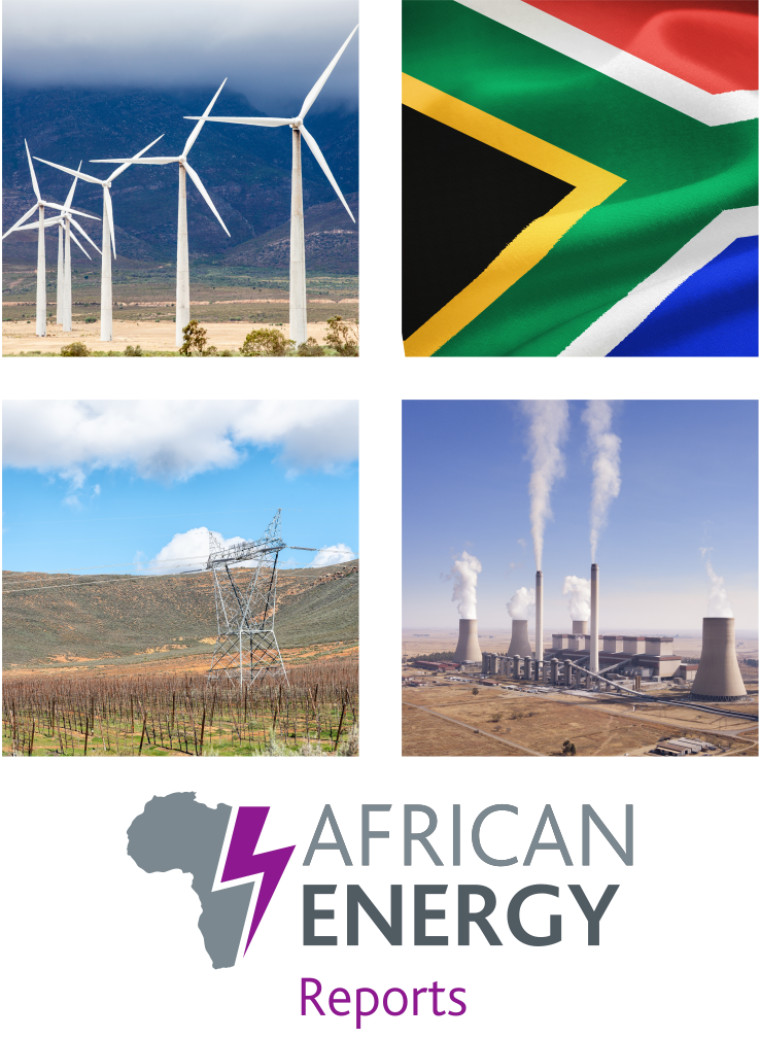

20 Nov 2023
In a major investigation, African Energy has probed unanswered questions about South Africa’s energy transition, which is being shaped by large corporations and their need for reliable, low-carbon power.
African Energy has reviewed the details of corporate developments and Nersa licensing decisions, evaluated the outlook for transmission projects and sounded out sources across the industry.
The African Energy team has also studied the sustainability and climate change pledges of Energy Intensive Users Group (EIUG) members. EIUG is a voluntary body that represents many of the country’s largest power consumers.
African Energy’s research has revealed several key factors on which the future of the sector will depend.
This report focuses on the results of original research by African Energy which was published in Issue 495, November 2023.
In a major investigation, African Energy’s editorial and data teams have probed unanswered questions about South Africa’s energy transition, which is being shaped by large corporations and their need for reliable, low-carbon power. The results show a booming private sector electricity market that is also unpredictable and freighted with risk for all participants.
Read the introductory analysis
The future of electric power generation in South Africa is no longer in the hands of state-owned utility Eskom. Although it controls more than 80% of installed capacity, including 45GW of coal-fired generation, changes in the electricity supply industry are now being driven by the installation of many gigawatts-worth of captive solar photovoltaic (PV) generation, following the removal of licence restrictions in December.
Read more
African Energy Live Data started consistently monitoring power project pipelines across the continent eight years ago. An analysis of the figures for South Africa shows a tragic lost opportunity in the shape of many gigawatts of potential renewable generation capacity with no foreseeable chance of being connected to the grid.
According to Live Data, some 28.67GW worth of projects reached some level of development supported by a named sponsor, but are not part of any procurement programme or a captive offtake agreement. Without a drastic increase in connection capacity, most will never advance.
Read more
Eskom’s most recent Transmission Development Plan (TDP) 2023-32 and Grid Connection Capacity Assessment (GCCA) 2025 showed there was no capacity for additional power to be connected to the grid in the entire western half of South Africa, the location of almost all planned wind generation projects and a large amount of solar and other potential capacity.
Read more
A full list of our reporting included in this report may be found here.
Watch a clip of the authors discussing one of the key points of our research.

This map focuses on the potential for green power to supply South Africa most energy intensive users. The map shows South Africa's main areas of solar and wind power generation and their proximity to existing and planned transmission infrastructure.
Take a closer look

Updated June 2022, this double-page map provides a detailed overview of the power sector in South Africa, with inset maps for eSwatini and the region around Pretoria, Johannesburg, Middelburg and Sasolburg. The locations of power generation facilities that are operating, under construction or planned are shown by type.
Take a closer look

This graphic collects together a series of maps and charts illustrating South Africa's power generation pipeline. Two main maps of South Africa show committed generation (MW) by province/Eskom supply area (including power flows through the transmission network), and pipeline generation (MW) by province (including fuel breakdown and pies showing procurement route).
Take a closer look
South Africa's energy transition report
Published:
Price: £2,150
Format: Online
The standard report licence covers up to five named members of staff at the purchasing entity.
Need a bigger licence? Please contact Alex Wark.
At checkout select to pay online by card or request an invoice. (Invoices may be paid by card or bank transfer).